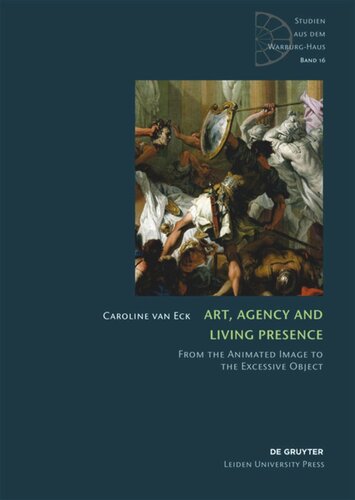

Most ebook files are in PDF format, so you can easily read them using various software such as Foxit Reader or directly on the Google Chrome browser.
Some ebook files are released by publishers in other formats such as .awz, .mobi, .epub, .fb2, etc. You may need to install specific software to read these formats on mobile/PC, such as Calibre.
Please read the tutorial at this link: https://ebookbell.com/faq
We offer FREE conversion to the popular formats you request; however, this may take some time. Therefore, right after payment, please email us, and we will try to provide the service as quickly as possible.
For some exceptional file formats or broken links (if any), please refrain from opening any disputes. Instead, email us first, and we will try to assist within a maximum of 6 hours.
EbookBell Team

5.0
18 reviewsThroughout history, and all over the world, viewers have treated works of art as if they are living beings: speaking to them, falling in love with them, kissing or beating them. Although over the past 20 years the catalogue of individual cases of such behavior towards art has increased immensely, there are few attempts at formulating a theoretical account of them, or writing the history of how such responses were considered, defined or understood. That is what this book sets out to do: to reconstruct some crucial chapters in the history of thought about such reflections in Western Europe, and to offer some building blocks towards a theoretical account of such responses, drawing on the work of Aby Warburg and Alfred Gell.